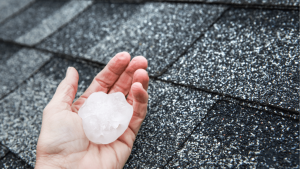
Hail damage to Florida roofs 2025: How to identify & what to do for repairs
Learn to detect hail damage on your roof, how to file an insurance claim, and prevent leaks. Get a FREE professional inspection in Florida!
Your flat roof takes 200% more direct UV punishment than a standard sloped roof in Florida. This constant, brutal exposure means selecting the right material isn’t just a choice—it’s a critical financial decision that could save you over $15,000 in premature replacement costs and storm damage repairs.
Industry studies, including data analyzed from weather events, suggest that a significant percentage of premature flat roof failures in the Miami area stem directly from a material-climate mismatch. The relentless sun, hurricane-force winds, and torrential downpours demand a specialized approach.
At Roofing Nation, we understand the unique challenges of protecting property in South Florida because it’s our home. We’ve installed over 500,000 square feet of hurricane-rated flat roofs across Miami-Dade, from the salt-sprayed coasts of Key Biscayne to the bustling commercial districts of Brickell.
We’ve seen firsthand what works and, more importantly, what fails. This guide contains our 2025 analysis of the best flat roofing materials for Florida, designed to arm you with the data you need to make a lasting investment.
Don’t leave your largest asset vulnerable. Get expert advice tailored to your property.
Urgent CTA: For a Free, No-Obligation Material Consultation, Call Us Now at (305) 249-1011.
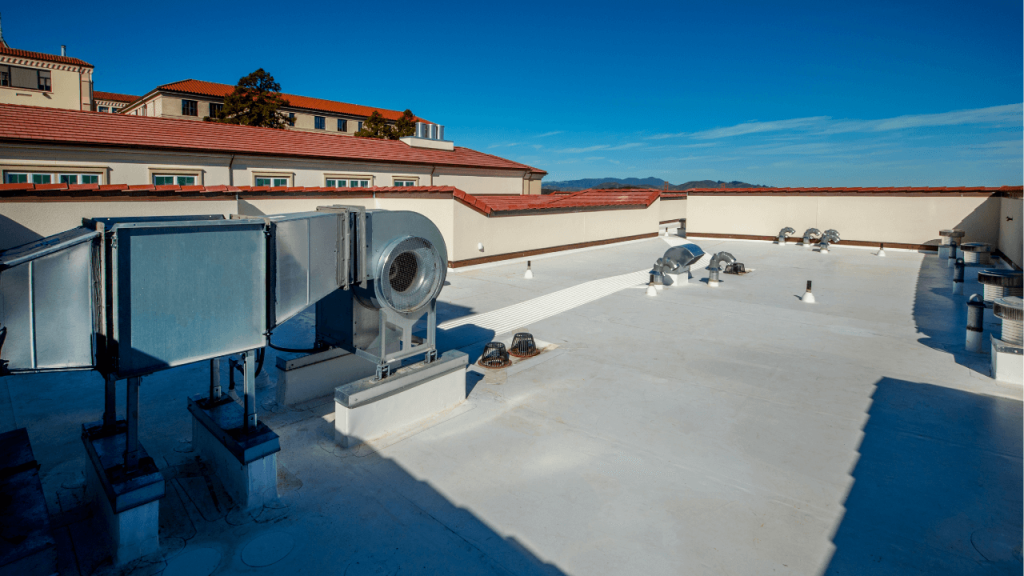
In this article, we’ll see:
Florida’s Flat Roof Challenges: A Climate-Specific Overview
An explanation of why choosing the right flat roofing material in Florida is crucial due to intense UV radiation, hurricane-force winds, and torrential rains and humidity, which collectively degrade roofing materials faster than in other climates.
Cost-Per-Year Analysis: A Smarter Budgeting Approach
A breakdown of the true long-term cost of flat roofing materials in Florida, comparing TPO, PVC, EPDM, and Modified Bitumen based on initial cost, expected lifespan, and annual cost per square foot, highlighting that a lower initial price doesn’t always mean greater savings.Deep Dive into the Best Flat Roofing Materials for Florida Homes
Florida-Specific Buying Guide: Navigating Local Challenges
Guidance on additional considerations for choosing a flat roof in Florida, including:
ROI Calculators: Seeing the Long-Term Value
Tools to help homeowners visualize the return on investment:
Get a no-obligation quote today
Simply fill out the form below and take the first step toward expert service.
A flat roof in Ohio is not the same as a flat roof in Florida. Here, your roof is on the front line of a daily battle with a subtropical climate that is actively trying to degrade it. Understanding these specific threats is the first step toward choosing a material that will survive and thrive for decades.
The initial price tag of a roof is only one part of its true cost. A cheaper material that needs replacement every 15 years is far more expensive in the long run than a premium material lasting 30 years. This cost-per-year analysis provides a clearer picture of your long-term investment.
Material | Average Initial Cost/Sq Ft (Installed) | Expected FL Lifespan | True Cost/Year/Sq Ft |
TPO | $5.50 | 22 years | $0.25 |
PVC | $7.80 | 30+ years | $0.26 |
EPDM (Black) | $4.20 | 18 years | $0.23 |
Mod. Bitumen | $4.80 | 16 years | $0.30 |
Note: Costs are 2025 estimates for South Florida and can vary based on project complexity, insulation requirements, and tear-off needs.
As the table shows, the initial savings of a material like EPDM can be misleading. A premium PVC roof costs only a penny more per square foot per year but provides an additional 12+ years of service life and superior storm resistance—a crucial trade-off in our climate.
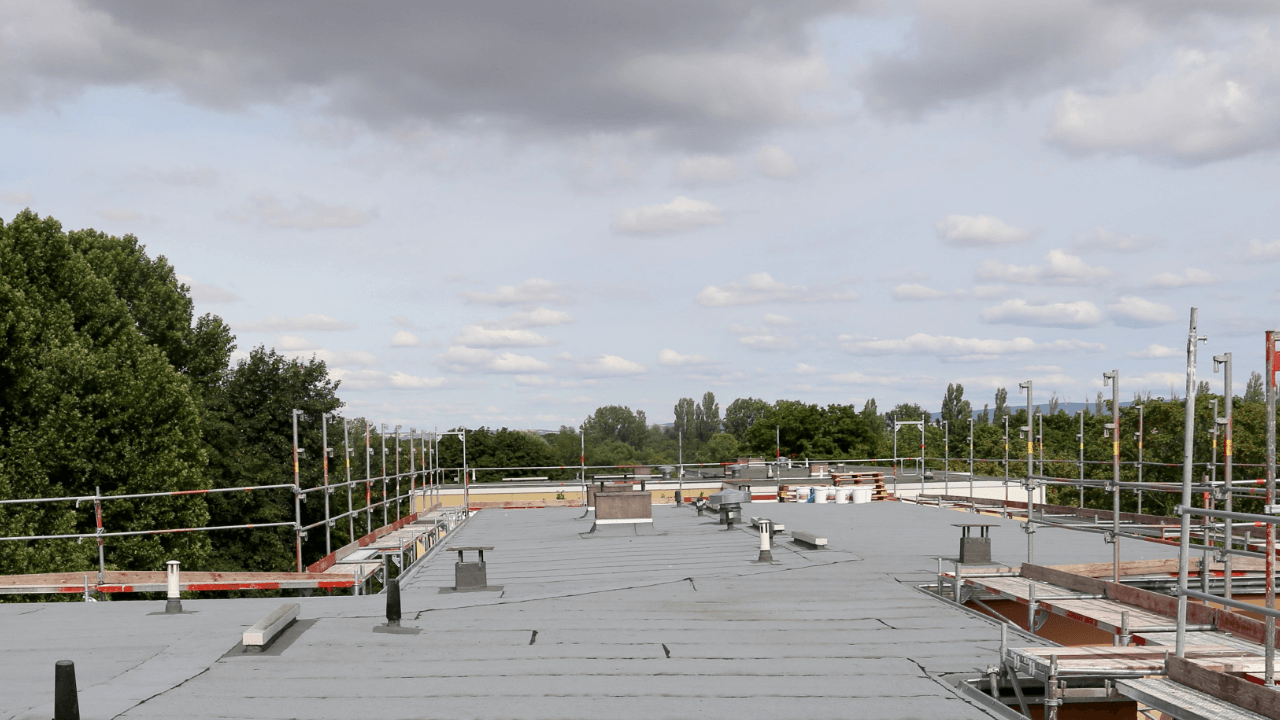
Choosing from the available options requires a clear understanding of each material’s strengths and weaknesses in the context of South Florida’s environment. Here is our expert breakdown of the best flat roofing materials for Florida properties.
TPO has become a dominant force in the commercial roofing world for a good reason. It’s a single-ply membrane known for its exceptional energy efficiency and strong, heat-welded seams.
When it comes to sheer strength and resilience against Florida’s worst weather, PVC is in a class of its own. It’s a premium single-ply membrane that has been battle-tested for decades in the most demanding environments.
Seasonal Offer: Get bulletproof hurricane protection and save. We are currently offering $1,000 OFF all Premium PVC Installations for projects over 2,500 sq ft!
Modified Bitumen is a modern evolution of traditional asphalt roofing. It consists of multiple layers, typically a base sheet and a cap sheet, which are torched or adhered together. It’s known for its toughness and puncture resistance.
EPDM is a synthetic rubber membrane that has been used for over 60 years. Its main claims to fame are its exceptional flexibility, durability, and relatively low cost.
Choosing a material is only half the battle. You must also consider your specific location, building codes, and insurance requirements.
Your proximity to the ocean dramatically impacts your roof’s lifespan.
Most insurance carriers offer significant discounts on your premium for installing a roof that meets the highest safety standards. Installing a material with a Class A fire rating (the highest available) and a documented Miami-Dade NOA for high-wind resistance can lead to hundreds of dollars in annual savings. Always send your new roof documentation to your insurance agent.
The Florida Building Code is updated every three years, with recent editions continuously increasing wind safety requirements. As of 2025, the code emphasizes specific wind uplift ratings based on your home’s location, height, and exposure category. A reputable contractor must perform a calculation to ensure your new roof meets or exceeds these site-specific pressures. Failing to do so not only puts you at risk but will also cause the project to fail inspection, costing you time and money.
A roof is an investment, not an expense. These tools help you visualize the return.
Energy Savings Estimator:
Let’s compare the two most popular cool roof options against a traditional black roof.
Storm Damage Probability Chart:
While we can’t predict the next storm, we can show the value of resilience.
Maintenance Cost Timeline:
Ready to build a roof that pays you back?.
In a market flooded with options, choosing the right installer is as important as choosing the right material. A premium PVC roof installed incorrectly will fail faster than a budget material installed by experts. At Roofing Nation, we are Florida’s flat roof scientists.
Your property is your most valuable asset. Protect it with a roof that’s engineered for Florida.
Contact Roofing Nation today at (305) 249-1011 or visit our website to schedule your Free Material Consultation and learn more about our advanced solutions for storm protection and energy savings.
1. What is the most hurricane-proof flat roof material? For maximum hurricane resistance, PVC (Polyvinyl Chloride) is the top choice. Many PVC systems carry a Miami-Dade Notice of Acceptance (NOA), certifying them to withstand winds exceeding 150 mph. Their heat-welded seams create a monolithic, seamless membrane that resists wind uplift better than any other material.
2. Will a new flat roof lower my energy bills in Florida? Yes, if you choose a reflective «cool roof» material. White TPO or White PVC can reflect over 82% of the sun’s rays. This drastically reduces the load on your air conditioning system, leading to significant savings on your power bill compared to a traditional dark roof like black EPDM, which absorbs heat.
3. How long should a new flat roof last in South Florida? Lifespan depends heavily on the material and the quality of the installation. In Florida’s harsh climate, you can expect the following:
PVC: 30+ years
TPO: Around 22 years
EPDM (Rubber): Around 18 years
Modified Bitumen: Around 16 years
4. Is the cheapest roofing material a good long-term investment? Usually not. Materials with the lowest initial cost, like black EPDM or modified bitumen, often have a shorter lifespan and lead to higher energy costs. A cost-per-year analysis, like the one in our guide, reveals that premium materials like TPO and PVC typically offer far better value over the life of the roof.
5. What does «Miami-Dade NOA» mean and why is it important? NOA stands for «Notice of Acceptance.» It is a certification from Miami-Dade County confirming that a building product has undergone rigorous testing and has been proven to withstand hurricane-force winds and other extreme weather. For Florida property owners, it is the gold standard that ensures a product is truly «hurricane-proof.»
6. My property is on the coast. Does that change my best roofing option? Absolutely. Coastal properties in places like Key Biscayne or Miami Beach face corrosive salt spray, which can degrade adhesives and metals. PVC is highly recommended for these areas due to its inherent chemical resistance, which stands up to the saline environment better than other materials.
7. What is the difference between a fully adhered and a mechanically fastened installation? A fully adhered roof is glued down over the entire surface of the substrate, creating a uniform bond and maximum resistance to wind uplift. A mechanically fastened roof uses plates and screws, which can create pressure points that are more vulnerable to peeling during a hurricane. For South Florida, a fully adhered system is the superior and safer installation choice.
8. Can I get an insurance discount for my new roof? Yes. Most insurance carriers offer significant premium discounts for installing a roof that meets the highest safety standards. Installing a material with a Class A fire rating and a documented Miami-Dade NOA for wind resistance can save you hundreds of dollars annually. Be sure to provide all documentation for your new roof to your insurance agent.

Learn to detect hail damage on your roof, how to file an insurance claim, and prevent leaks. Get a FREE professional inspection in Florida!

Choose the perfect color for your metal roof in Florida: 2025 trends, energy savings, and how to boost your home’s value. Get a quote today!
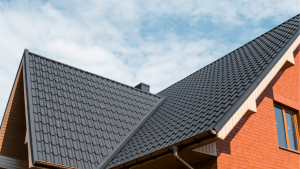
Discover how metal roofs resist hurricanes, slash energy bills, and boost your Florida home’s value. Get a FREE quote today!
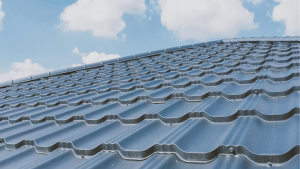
2025 updated comparison: costs, lifespan, and resistance of metal roofs in Florida. Get your installation quoted by local experts!
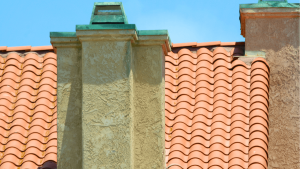
Discover if a terracotta roof is ideal for your Florida home: durability, 2025 costs, and hurricane resistance. Get FREE advice!

With our updated guide for 2025, you’ll discover not only how long tile roofs truly last in Miami’s challenging climate but also how to choose the right type and the keys to maintenance that will guarantee decades of protection.
® All rights reserved,
Roofing Nation LLC.
10830 NW 138th St #1, Hialeah
Gardens, FL 33018
(Monday – Sunday)
© Copyright Roofing Nation. All Rights Reserved 2025